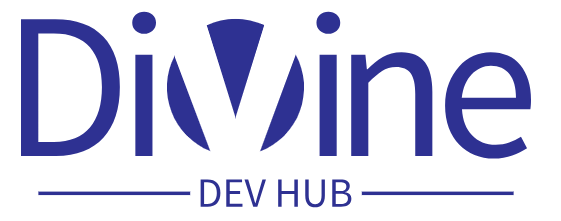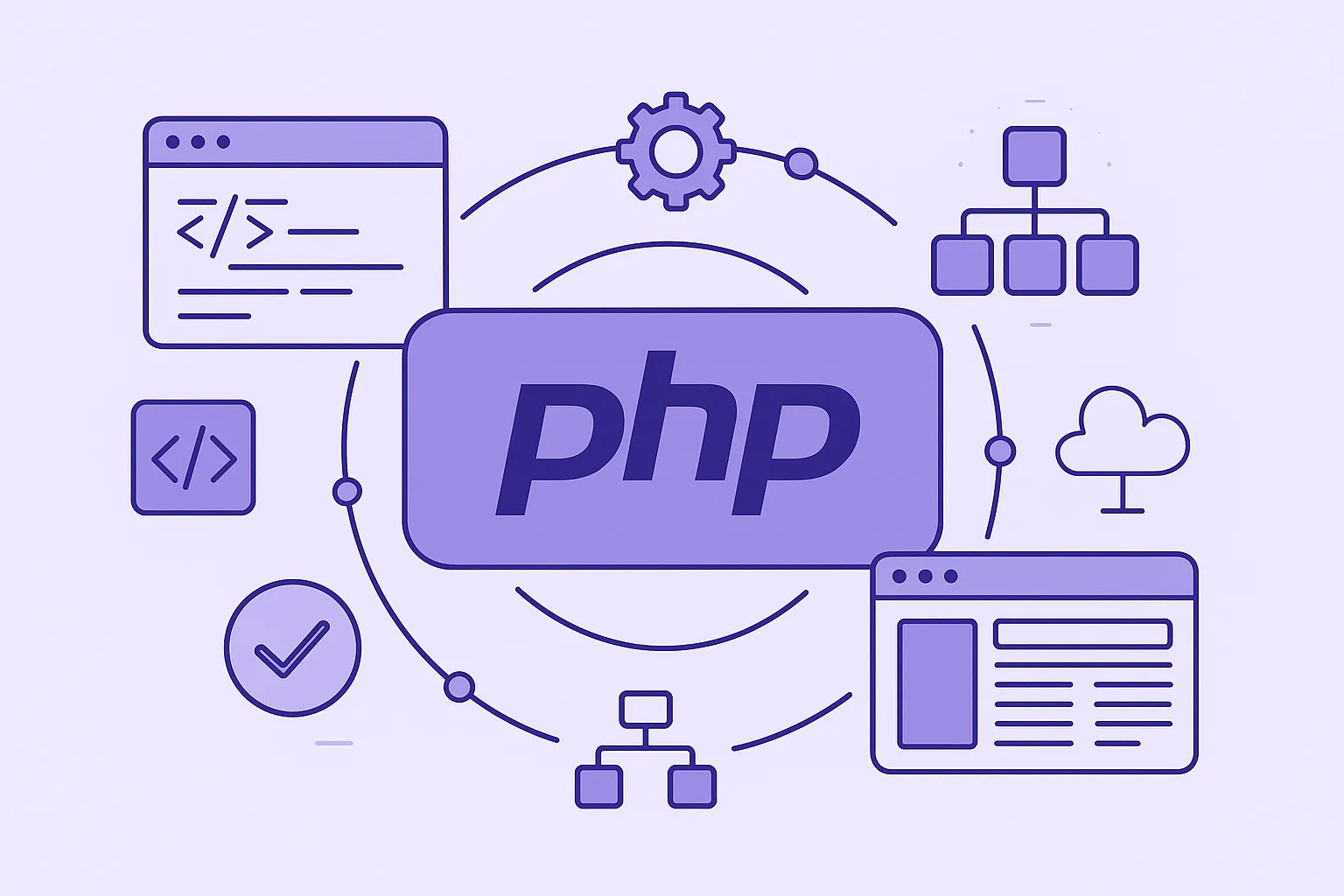Subtotal $0.00
Unlocking the Power of PHP: A Comprehensive Guide
Whether you’re just stepping into the world of web development or looking to expand your backend skills, there’s one programming language that continues to stand strong in the ever-evolving tech landscape—PHP (Hypertext Preprocessor).
Often underestimated, this is still a powerful, open-source, server-side scripting language that drives a significant portion of the modern web. From running dynamic websites to powering platforms like WordPress, it continues to be a relevant tool for developers even in 2025.
What Is PHP?
This server-side scripting language designed for web development. It runs on the server and is capable of managing dynamic content, interacting with databases (like MySQL), and handling user sessions. The code is embedded within HTML and executed on the server, which makes websites interactive and responsive.
Key Points:
- Open-source and free to use
- Works seamlessly with HTML
- Often used with MySQL or MariaDB
- Supported on almost all web servers
- Ideal for building web applications, CMS, e-commerce platforms, and APIs
A Brief History:
Originally created by Rasmus Lerdorf in 1994 as a set of CGI scripts for personal use. It was originally called Personal Home Page. As its popularity grew, it evolved into a full-fledged scripting language, eventually being renamed PHP: Hypertext Preprocessor.
Key Milestones:
- PHP 3 (1998) – First widely adopted version with improved features
- PHP 4 (2000) – Introduced the Zend Engine for better performance
- PHP 5 (2004) – Added object-oriented programming support
- PHP 7 (2015) – Major performance boost and memory efficiency
- PHP 8 & 8.3 (2020–2023) – Introduced JIT compilation, union types, and syntax improvements
As of 2025, this language powers over 75% of websites that use a known server-side language, proving its enduring relevance.
Why It’s Still Relevant Today
Despite the rise of newer languages and frameworks, this server-side scripting language remains a vital part of the web ecosystem. According to W3Techs, as of 2025, over 75% of all websites using a server-side language are built with it. Here’s why:
- Massive ecosystem: Content Management Systems (CMS) platforms like WordPress, Joomla, and Drupal are built on this language, driving its widespread use and adoption.
- Fast and scalable: Modern versions (v8.x) are significantly faster thanks to the Just-In-Time (JIT) engine, allowing it to handle both small and large-scale applications with ease.
- Large community: A thriving community of developers continuously contributes to its ecosystem, creating libraries, frameworks, and resources that make development faster and more efficient.
- Ease of deployment: This language works out-of-the-box with most web hosting environments, simplifying the deployment process for developers.
- Widespread adoption: It’s used by some of the world’s largest platforms, including WordPress, Facebook (in its early days), and Wikipedia, demonstrating its robustness and scalability.
- Ease of use: With a simple syntax and a gentle learning curve, it’s an ideal choice for beginners in web development.
- Cost-effective hosting: Most shared hosting providers support this scripting language by default, making it an affordable option for building and maintaining websites.
Common Use Cases:
- Content Management Systems (CMS):
This scripting language powers WordPress, which alone supports over 40% of all websites globally. Other CMSs like Joomla and Drupal also rely on it. - E-commerce Websites:
Platforms such as Magento, WooCommerce, and PrestaShop are built using this technology, enabling powerful e-commerce functionality. - Web Applications:
Custom applications, dashboards, and SaaS products often use this language, particularly with frameworks like Laravel, Symfony, and CodeIgniter. - Database Interaction
It integrates seamlessly with databases like MySQL, PostgreSQL, and SQLite, making it ideal for data-driven websites and applications.
Common Myths and Misconceptions:
Despite its popularity, this language has long battled a few myths. Let’s debunk them:
- “It’s outdated.”
Not true. Modern versions of the language are fast, secure, and packed with features. It has evolved dramatically over the years. - “Code is messy.”
With frameworks like Laravel and Symfony enforcing structure and best practices, code written today can be as clean and maintainable as any other language. - “It isn’t scalable.”
Tell that to companies like Facebook, Etsy, or Slack—all of which scaled massively with this technology at their core. - “It’s only for WordPress.”
While WordPress is a significant use case, It’s also used for custom web applications, APIs, CRMs, and much more.
Getting Started: Basic Setup and First Script
Ready to give it a try? Here’s how to get started:
1) Install It:
You can install it through:
- Windows: Use XAMPP
- macOS: Use Homebrew:
brew install php - Linux: Use your package manager:
sudo apt install php(Ubuntu/Debian)
2) Create Your First Script:
Create a file called hello.php with the following code:
<?php
echo "Hello, world!";
?>
Then run it from the command line:
php hello.php
Or place it in your server’s public directory and view it in the browser.
Resources to Learn More About PHP
- PHP Manual – Official documentation
- PHP: The Right Way – Best practices guide
- Stack Overflow – PHP Tag – Ask questions and find answers
Conclusion
In conclusion, his server-side scripting language continues to be a powerhouse in web development, offering unparalleled flexibility, robustness, and ease of use. Whether you’re building a simple blog or a complex enterprise application, it provides the tools and community support necessary to bring your ideas to life efficiently.
Explore it’s vast capabilities, leverage its rich ecosystem, and join a thriving community of developers shaping the future of the web with this language.
Want to Learn More?
Reach out to our development team or explore our services to discover how we use this technology to turn web ideas into powerful digital solutions.
Have a Question or a Favourite Framework?
We’d love to hear from you! Drop a comment below or tag us on social media—let’s talk code, creativity, and everything web development.


Robert Smith
“PHP is a widely used server-side scripting language that powers a significant portion of the web, including platforms like WordPress, Laravel, and CodeIgniter. It is easy to learn, supports various databases, and integrates well with HTML. PHP’s flexibility makes it great for dynamic web applications, but older versions had security and performance concerns. With modern updates like PHP 8, it has improved significantly in speed, security, and features like JIT compilation. Overall, PHP remains a solid choice for web development due to its vast ecosystem and strong community support.”